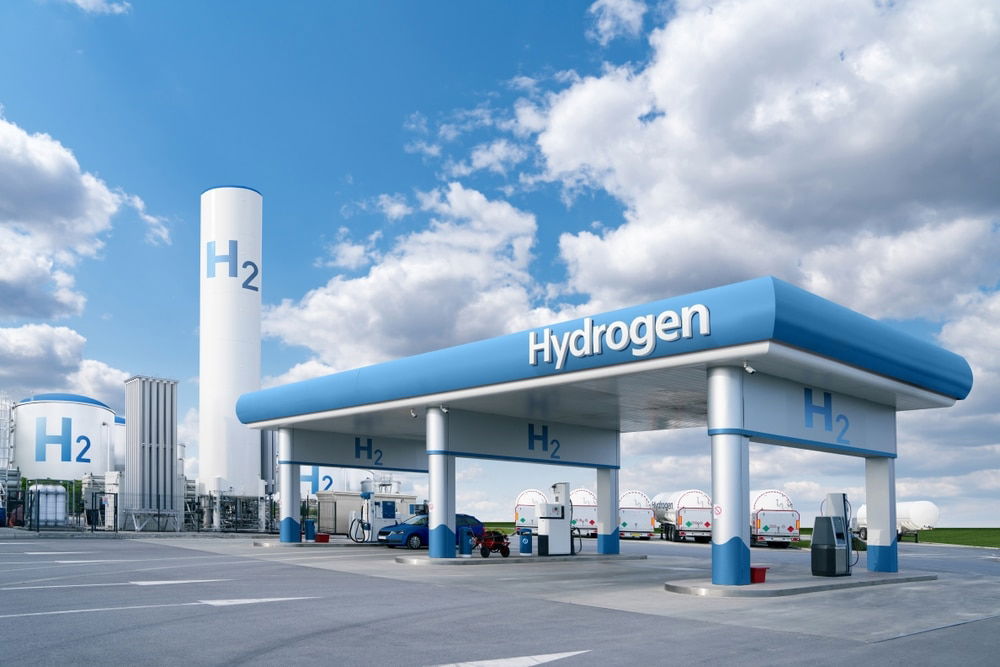Decoding National Strategies for Green Hydrogen: Silver Bullet vs. Champagne Approach
Key Ideas
- IRENA highlights the 'silver bullet' and 'champagne' approaches to green hydrogen strategies, emphasizing different perspectives on its role in decarbonization and investment.
- Countries like Australia, Canada, and the UK adopt the 'silver bullet' approach, investing broadly in hydrogen applications across sectors to drive sustainability.
- In contrast, countries such as Austria and Kenya opt for the 'champagne' approach, using hydrogen selectively in high-value areas where alternatives are limited or impractical.
- Green hydrogen is seen as a solution for 'hard-to-abate' sectors like steel and cement industries, offering opportunities for economic growth and clean energy production worldwide.
Green hydrogen is gaining traction globally as a zero-emission fuel with the potential to revolutionize industries, particularly the automobile sector. IRENA identifies two key approaches to national hydrogen strategies - the 'silver bullet' approach advocates for widespread hydrogen adoption across industries, while the 'champagne' approach focuses on selective high-value uses to avoid investing in impractical areas. Nations like Australia, Canada, and the UK prioritize the 'silver bullet' approach, leveraging their production-based economies to drive sustainability goals. On the other hand, countries with strong renewable resources, such as Austria and Kenya, adopt the 'champagne' approach for targeted hydrogen usage in specific sectors like aviation and high-temperature industrial processes. Green hydrogen addresses challenges in 'hard-to-abate' sectors like steel and cement industries, offering a low-carbon alternative and economic opportunities globally. Additionally, countries view green hydrogen as a means to sustain economies, develop new export markets, and enhance energy security by reducing reliance on imported fuels.
